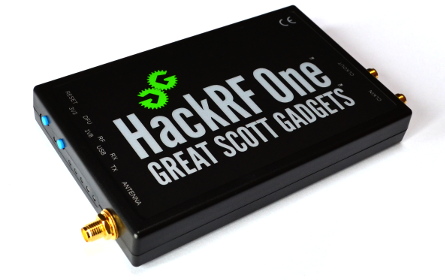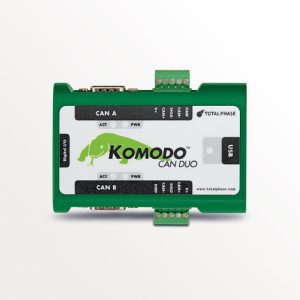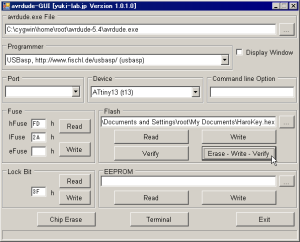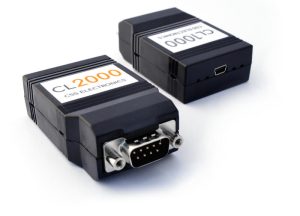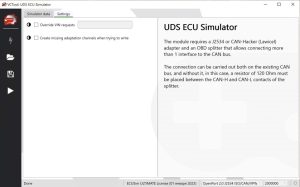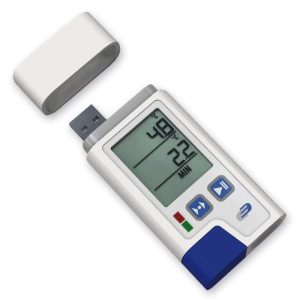Are you tired of being restricted by traditional radio communication devices? Do you want to explore the exciting world of software-defined radio (SDR)? Look no further than the HackRF SDR!
The HackRF SDR is a powerful and versatile tool that allows you to transmit and receive radio signals using software-defined technology. With its wide frequency range of 1 MHz to 6 GHz, you can access a vast range of radio frequencies, including AM and FM broadcast bands, cellular networks, satellite communications, and more.
But the HackRF SDR isn’t just a simple radio receiver. Its software-defined architecture means that it can be reprogrammed and reconfigured to meet your specific needs. You can use the HackRF SDR for a variety of applications, such as wireless security testing, signal analysis, and even creating your own custom wireless communication systems.
One of the key features of the HackRF SDR is its open-source nature. This means that the device’s hardware and software are freely available for modification and experimentation by anyone. This allows for a community of developers to contribute to the HackRF SDR project, expanding its capabilities and functionality even further.
One such example of this is the development of GNU Radio, an open-source software toolkit that allows you to create your own software-defined radio applications using the HackRF SDR. With GNU Radio, you can create custom radio receivers and transmitters, digital signal processing algorithms, and even whole communication systems.
The HackRF SDR’s versatility and openness make it a popular tool in the world of wireless security testing. With its ability to transmit and receive a wide range of signals, security professionals can use the HackRF SDR to identify and exploit vulnerabilities in wireless networks, such as Wi-Fi, Bluetooth, and RFID.
But the HackRF SDR isn’t just for security testing. It’s also a valuable tool for hobbyists and enthusiasts who want to explore the world of radio communication. With its low cost and accessible design, the HackRF SDR is a great way to get started with software-defined radio.
Overall, the HackRF SDR is a powerful and versatile tool that offers a wide range of possibilities for anyone interested in radio communication. Its open-source design, coupled with the flexibility of software-defined radio technology, makes it a valuable addition to any enthusiast’s toolkit.
Let’s dive a bit deeper into the technical aspects of the HackRF SDR.
The HackRF SDR is built around the MAX2837 RF transceiver and the LPC4330 microcontroller. It also features a low-noise amplifier (LNA) and a power amplifier (PA), which help to boost the received and transmitted signals respectively.
One of the key advantages of the HackRF SDR is its wide frequency range. With a frequency range of 1 MHz to 6 GHz, it can access a wide variety of radio frequencies, including many commercial and industrial bands. It also supports a variety of modulation schemes, including AM, FM, SSB, and digital modes such as QPSK and GMSK.
Another advantage of the HackRF SDR is its flexibility. Because it uses software-defined radio technology, the device can be reprogrammed and reconfigured to meet a wide variety of needs. This means that you can use the HackRF SDR for a variety of applications, from wireless security testing to creating your own custom radio communication systems.
To use the HackRF SDR, you’ll need to connect it to a host computer using a USB cable. From there, you can use software such as GNU Radio to create custom radio applications. GNU Radio provides a graphical interface for designing custom signal processing blocks, which you can use to build custom radio receivers and transmitters.
One of the key advantages of using GNU Radio with the HackRF SDR is that it provides access to a wide variety of signal processing tools and libraries. This means that you can take advantage of existing signal processing algorithms and techniques to build your own custom radio applications.
Overall, the HackRF SDR is a powerful and flexible tool for anyone interested in radio communication. Its wide frequency range, flexible architecture, and open-source design make it an ideal choice for hobbyists, enthusiasts, and professionals alike. Whether you’re interested in wireless security testing, signal analysis, or creating your own custom radio systems, the HackRF SDR has you covered.
Advantages:
- Wide Frequency Range: With a frequency range of 1 MHz to 6 GHz, the HackRF SDR can access a wide variety of radio frequencies, including many commercial and industrial bands.
- Flexible Architecture: The HackRF SDR’s software-defined architecture means that it can be reprogrammed and reconfigured to meet a wide variety of needs. This flexibility allows for a variety of applications, from wireless security testing to creating custom radio communication systems.
- Open-Source Design: The HackRF SDR’s hardware and software are freely available for modification and experimentation, allowing for a community of developers to contribute to the project and expand its capabilities even further.
- Low Cost: Compared to other SDR devices on the market, the HackRF SDR is relatively inexpensive, making it accessible to a wide range of enthusiasts and hobbyists.
- Powerful Signal Processing: The HackRF SDR’s signal processing capabilities, combined with software like GNU Radio, provide access to a wide range of signal processing tools and libraries, enabling users to create custom radio applications.
Disadvantages:
- Limited Transmit Power: The HackRF SDR’s transmit power is limited, which may be a drawback for some applications that require higher power levels.
- Limited Sampling Rate: The maximum sampling rate of the HackRF SDR is 20 MSPS, which may be a limitation for some applications that require higher sample rates.
- High Noise Floor: The HackRF SDR has a higher noise floor compared to other SDR devices on the market, which may limit its sensitivity in some applications.
- Steep Learning Curve: Using the HackRF SDR requires a certain level of technical knowledge and experience with SDR technology, which may be a barrier for some beginners.
- Limited Support: Because the HackRF SDR is an open-source project, there may be limited support available for users who encounter issues or need technical assistance. However, there is an active community of users and developers who can provide assistance and support.

